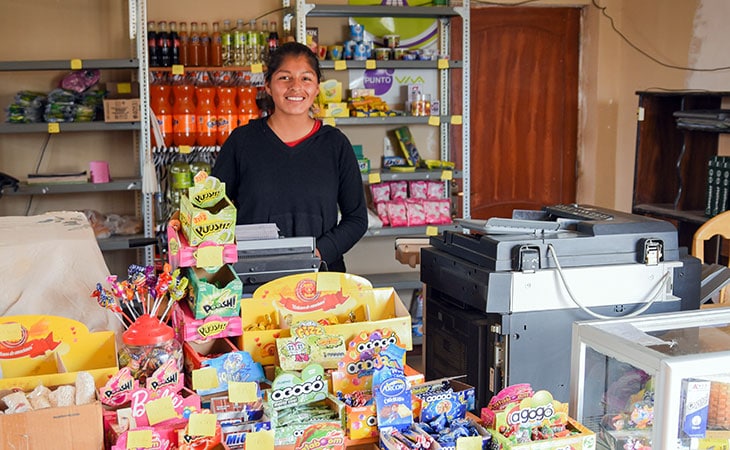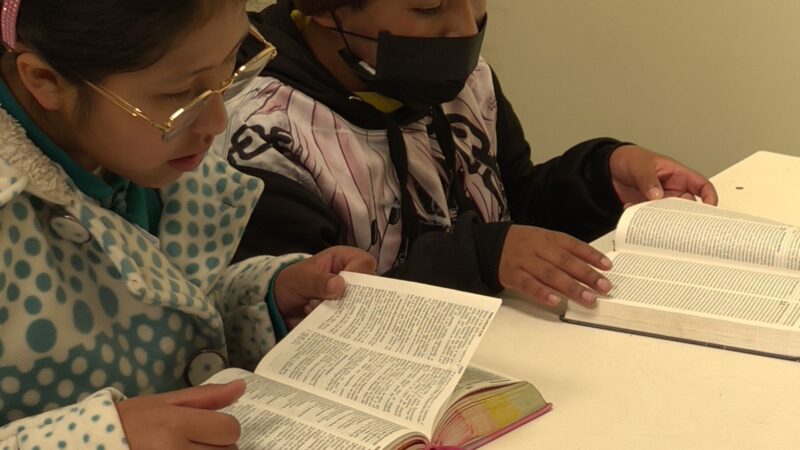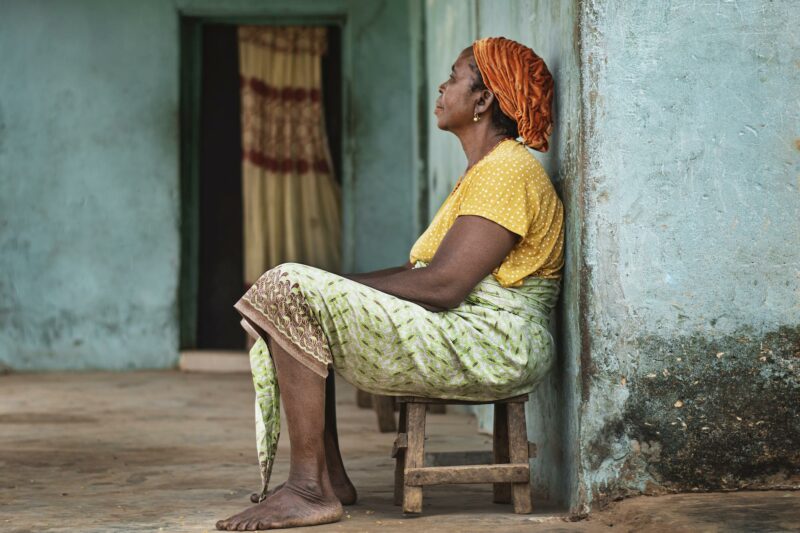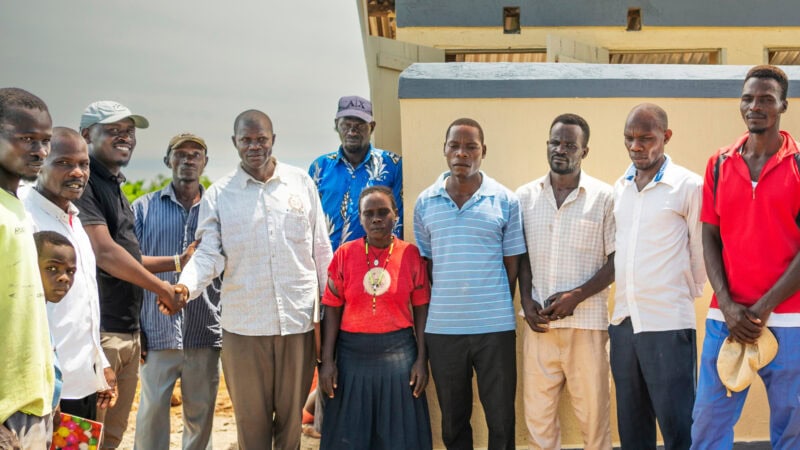“Unintended Consequences” is a familiar phrase for anyone who has worked in developing countries. By definition, an unintended consequence is, “A term used to describe a set of results that was not intended as an outcome.”
From time to time we will see this happening within one of our projects; yet it is not a cause for alarm. Recently, several studies on microfinance have been published which cite the fact that microfinance for the poor within some communities can have mixed results.
Help The Poor With Specific Needs
Help by giving, praying and even give toward microfinancing for the poor.
Read More
Microfinance and Mixed Results Among The Poor
Two recent research studies on microfinance for the poor reveal the following:
Our findings, however, reflect a different picture. We found microfinance led to increasing levels of indebtedness among already impoverished communities and exacerbated economic, social and environmental vulnerabilities. Our findings contribute to the emerging literature on the role of social capital in developing entrepreneurial capabilities in poor communities by highlighting processes whereby social capital can be undermined by market-based measures like microfinance.
We find that the importance to borrowers of key characteristics of informal lending is insufficiently recognized and that inappropriate human resource management and informal intermediation are significant problems. The latter can be an unintended consequence of formal microfinance: The availability of formal low-interest microfinance creates informal intermediation opportunities for entrepreneurs, often developing from casual intermediation into systematic deception.
In simple language there are two messages here. One, many microfinance programs are actually harmful to the poor, despite having good intentions. Two, the poor are routinely challenged with having the skill and knowledge of when to borrow and how much.
What is Microfinancing For The Poor?
The concept of microfinance rests under the idea that small loans to the poor will lift them out of poverty. This strategy has spread rapidly and widely over the last 20 years. Quite frankly, it has become a popular trend and fad to espouse on the benefits of microfinance. Hundreds of microfinance organizations and NGOs (Non-Government Organizations) have started microfinance programs with varying flavors of design.
While the idea has some truth in itself, microfinance has promised more than it has actually delivered. Why? Let’s explore some explanations.
Lesson #1 – Not All Borrowers Are Alike
Borrowing money is a skill. Not everyone is ready or an entrepreneur.
Example: A 6-year old wants to borrow $100 to run a lemonade stand. [Bad]
Example: You have a steady job but get paid every other week, yet you need $100 today to buy school books for your child. [Good]
Lesson #2 – Lenders Are Motivated To Make A Profit
Be careful with the structure of a microfinance program and the economic motivation of people within it. Collection methods can create even greater issues such as increased indebtedness, loss of land, shame, intense stress (family & personal), cheating, etc.
Lesson #3 – Knowledge Is King
Borrowers need to gain financial knowledge about how to leverage access to capital well. Specific teaching and training are essential over a broad range of subjects (cash flow, savings, business planning, record keeping, risks, etc). The reality is that poor people are the least educated. How many times have we heard that education is the only true path out of poverty. Microfinance cannot escape this reality.
Lesson #4 – Lenders Also Make Mistakes
Lenders often cannot distinguish who should be lent money or not. Good microfinance programs should provide more framework and policy to prevent bad lending scenarios. Loan officers need to be equally skilled at understanding their immediate market and assess credit quality.
How Bright Hope Views Microfinancing For The Poor
- We recognize that borrowing money is a two-edged sword. It can be good and it can be bad.
- We believe microfinance has a role but we must exercise extreme caution in implementation.
- We concentrate on building community, growing knowledge, and spiritual development.
- Building community means utilizing the resources around you and developing profitable relationships.
- Growing quality knowledge in any way that takes positive steps toward getting oneself out of poverty.
- Spiritual development is the linchpin that inspires hope, drive, and conviction to face the challenges of life.
- We like the savings group approach where members contribute their own monies and self-determine what is lent out to each other within their own group. They are not dependent on outside funding. They are accountable to each other and effectively govern themselves. They learn to trust and grow with each other. Our role is to increase their financial knowledge based on local community need and bring enthusiasm to them as mentors. Our donated monies are used to hire local people and train them to deliver the savings group structure we have described above.
- We believe in slow but steady progress. Success comes through hard work. There are no shortcuts.
Help Microfinance a Local Business.
Microfinancing for the poor has helped people like Harriet and Francis, and Bright Hope is committed to support their communities.
Donate Now
If you would like to read further about Bright Hope’s microfinance programs or find out how you can get involved, visit the Hope for Tomorrow tab on our website.





